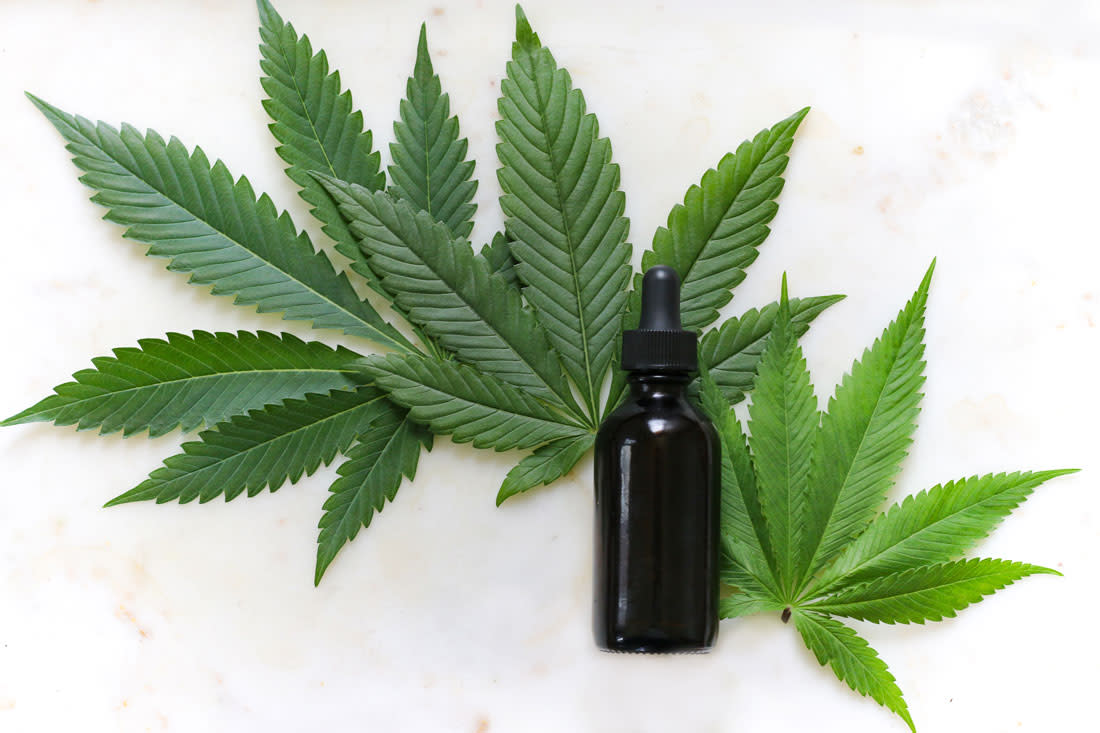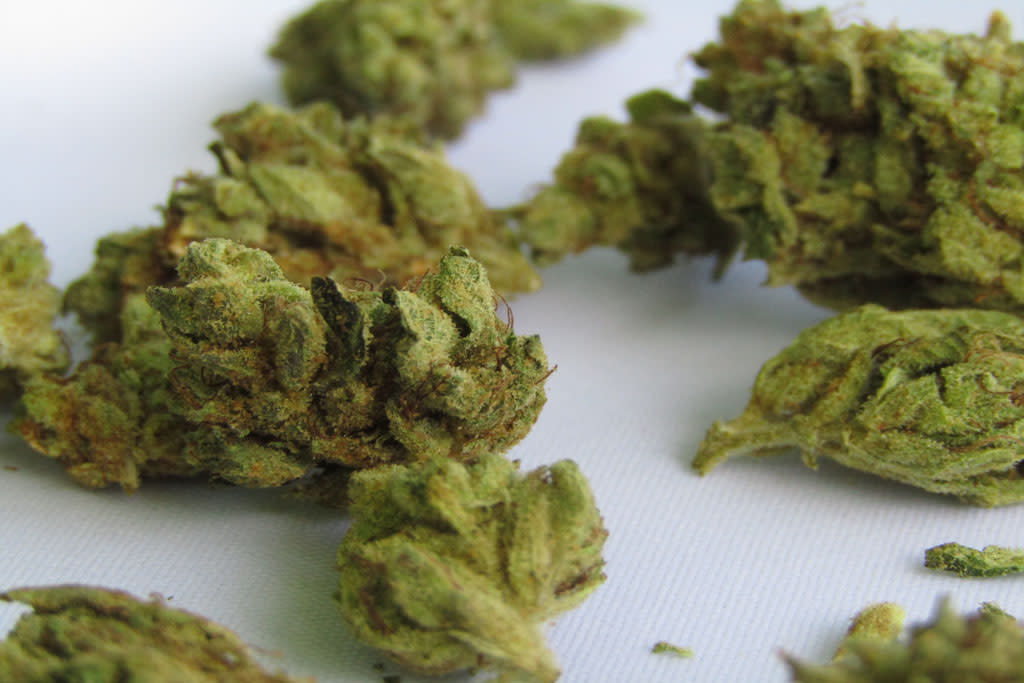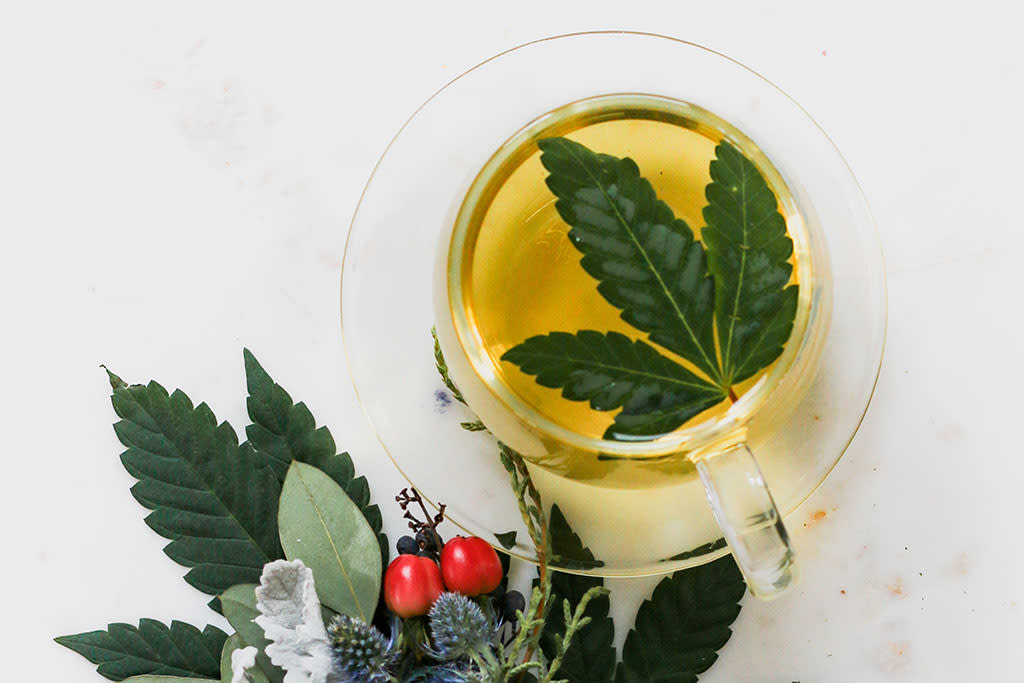Understanding the Impact of Cannabis Delivery Methods

Guest written by Eloise Theisen, AGPCNP-BC and Timothy Byars, CEO of Radicle Health.
There are a number of different delivery methods that Radicle Health patients use to consume cannabis and the benefits that they derive from cannabis are influenced by each method and by the site of absorption. Cannabinoids, terpenes, flavonoids, and other chemical compounds can be applied to a specific area on the body, they can be absorbed directly into the bloodstream, or they can be filtered through the digestive system before entering the bloodstream.
The delivery method (also referred to as the route of administration) and the site of absorption impacts how the body responds to the chemical compounds in cannabis—how the compounds are absorbed, distributed, and metabolized by the body, the duration of effects, as well as the patient’s overall experience.
WHICH ROUTE IS BEST FOR ME?
Understanding routes and absorption sites can help you identify which products are best suited to treat your condition or disease:
TOPICAL ADMINISTRATION
Topicals can provide local relief with few (if any) side effects. When applying a topical, patients can realize relief in minutes, and that relief can last several hours. Topicals can provide pain relief in the hands, neck, ankles, and feet (topical applications are more effective at treating painful joints that are closer to the skin surface). For example, many patients with arthritic pain and peripheral neuropathy should consider starting with a topical. Studies suggest that CBD penetrates the skin more effectively than THC, so Radicle Health recommends starting with a CBD-dominant topical for pain.
Topicals penetrate only the top layers of the skin, typically do not reach the bloodstream, and therefore will not provide systemic relief. For example, deep arthritic pain in the back, knees, or hips might not respond to topical applications and will likely require systemic treatments.
Products: salves, balms, creams, and long-acting patches

INGESTION
Ingesting cannabis can provide systemic relief for patients. The effects of ingested cannabis last longer and, over time, can reduce inflammation. Patients report that, when they use cannabis regularly and consistently, they can reduce the severity and intensity of their symptoms. Some patients are even able to decrease their overall cannabis intake over time without sacrificing the benefits.
While the bioavailability of edibles is low (varying from 4-20%), edible products can cause powerful full-body, psychoactive effects. Because the time of onset is variable and lengthy, edibles are difficult to dose and difficult to titrate. Many patients, and unfortunately, many first time patients, can over-medicate using edibles and experience very unpleasant side effects.[1] Of course, edible products differ in a number of ways:
-
Some edible products are better homogenized than others
-
Some edible products are available in small, discrete doses, while others require patients to break the product into smaller serving sizes, creating unequal pieces
With cannabis edibles there exist multiple factors that affect the onset of action and the
potency of a dose, and these factors can create challenges for patients, especially those who are new to cannabis.
Products: low dose chocolates, mints, and other discretely-dosed foods
SUBLINGUAL ADMINISTRATION
Patients can use sublingual products to provide relief between edible doses and when inhalation is not an option. That said, there are few true sublingual products on the market. Most tinctures—while marketed as sublinguals—follow the pattern of ingestion. Patients often expect rapid onset when using tinctures, only to wait 1-3 hours for the dose to take effect. Cannabinoids are fat-soluble and do not absorb into the mucosa of the mouth in their natural state. A true sublingual (a product in which the cannabinoids are formulated to be more water-soluble) absorbs rapidly into the mouth and can take effect within 15 minutes.
Products: Buccal strips, dissolvable tabs
TRANSDERMAL ADMINISTRATION
Transdermal products are similar to topicals except that they have an added agent that helps the cannabinoids penetrate the skin and enter the bloodstream, mostly avoiding first-pass metabolism and potential unwanted side effects. A transdermal patch can provide 8-12 hours of relief (onset 30-60 minutes) and are often more consistent and reliable than edible products. Long-lasting, time-released patches can be a good choice for patients when medication compliance is a concern.
Products: transdermal patches
When inhaling cannabis, the bioavailability can range from 2-56%, depending on the depth of inhalation, the length it is held, and the genetic makeup of the patient. During inhalation, there is passive diffusion into the capillaries with onset in seconds to minutes, achieving maximal effect after 15 minutes, and lasting 2 to 4 hours.
Products: Cannabis flowers, pre-rolls, vape pen cartridges

RECTAL ADMINISTRATION
Some medical practitioners and cannabis manufactures suggest that rectal administration is advantageous because patients can take larger doses while avoiding psychoactivity. However, cannabinoids absorbed through the rectum should flow into the circulatory system, there should be detectable levels of THC in the plasma, and those levels should correspond to a discernible psychoactivity. Patients who use high THC products through rectal administration and who fail to feel any psychoactive side effects are likely not improving any systemic issues—the reason no psychoactivity is reported is that the cannabinoids have not been adequately absorbed into the bloodstream. While Radicle Health rarely recommends rectal administration, patients might consider this route if they suffer from conditions that can benefit from a topical cannabis administration, such as fissures or hemorrhoids.
Products: suppositories
WITH A MEAL OR ON AN EMPTY STOMACH?
Generally, you should eat a meal before you ingest a cannabis edible. Eating causes the gallbladder to release bile acids that help break down molecules and that increase the amount of absorption. Bioavailability is the measure of the amount that a substance is absorbed into and used by the body. Many factors can contribute to absorption: age, disease, medications, and genetics, for example.
The body is able to absorb more THC and CBD on a full stomach than on an empty stomach. In one study, participants who were fed a full meal prior to cannabis ingestion had a THC absorption that was 2.8-fold higher than the rates in fasting participants and had CBD absorption rates that were 4.1-fold higher than that in fasting participants.[2]
The amount of CBD and THC in the chemovar—the ratio—can account for some of varieties specific therapeutic benefits. And, the right amount of CBD might help mitigate some adverse effects of THC, such as anxiety or lethargy.
CBD bioavailability after smoking is comparable to that of THC and the body metabolizes both compounds in a similar manner.[3] If you’re smoking a product with CBD and THC, the ratio of the cannabinoids in your blood will be similar to the ratio of these molecules in the chemovar. When you eat cannabis, that ratio of CBD to THC can change, depending on your metabolism, your genetic makeup, and contents of your gut. Recall that participants experienced an absorption rate of CBD that was 4-fold lower during a fasting state: CBD doesn’t absorb very well on an empty stomach—neither does THC—but THC absorbs into the body better than CBD, and this difference in absorption can reduce the therapeutic impact of CBD. Also, some THC is converted by enzymes in the liver into a metabolite called 11-Hydroxy-THC. After you combine the total amount of THC with its more potent metabolite, you get an even lower ratio of CBD to THC.
If you’re ingesting a product that contains predominantly THC, this is a guideline that is less important to follow. Be aware, however, that you will feel the effects on an empty stomach earlier than you would on a full stomach (with peak effects occurring in about 90 minutes). To achieve the best absorption rates, consume cannabis edibles on a full stomach.

MAKE A PLAN
You might need to use multiple routes to address a condition or disease. To constant pain for example, you might need to apply a topical directly to the area, ingest cannabis to help treat the pain throughout the day, and inhale cannabis to treat breakthrough pain.
Of course, when treating any condition, working with a healthcare professional can be an effective way to save time and money. An experienced cannabis healthcare professional can get you started with a treatment plan that includes specific products, dosing, and frequency information, and can save you the heartache and expense of false starts and bad advice.
Eloise Theisen is a co-founder and the Chief Visionary Officer of Radicle Health. Prior to Radicle Health, Eloise founded Green Health Consultants, a medical cannabis clinic that helped patients use cannabis to help treat chronic and age-related illness. Eloise was one of the first healthcare practitioners to bring a clinical dosing regimen to the cannabis space and she has treated more than 4,500 patients using cannabis. There are very few healthcare practitioners in the United States with a comparable level of cannabis expertise and experience.

 First, create your Sava account.
First, create your Sava account. Your $40 discount will apply automatically on your first order.
Your $40 discount will apply automatically on your first order.